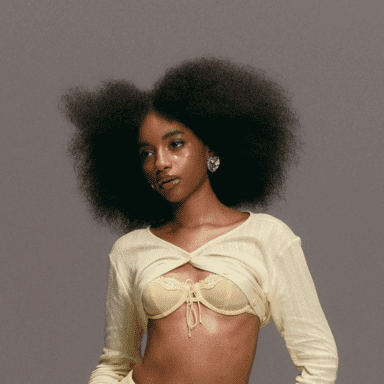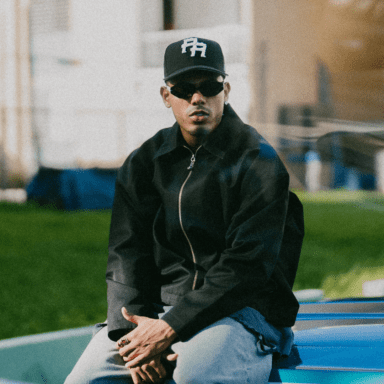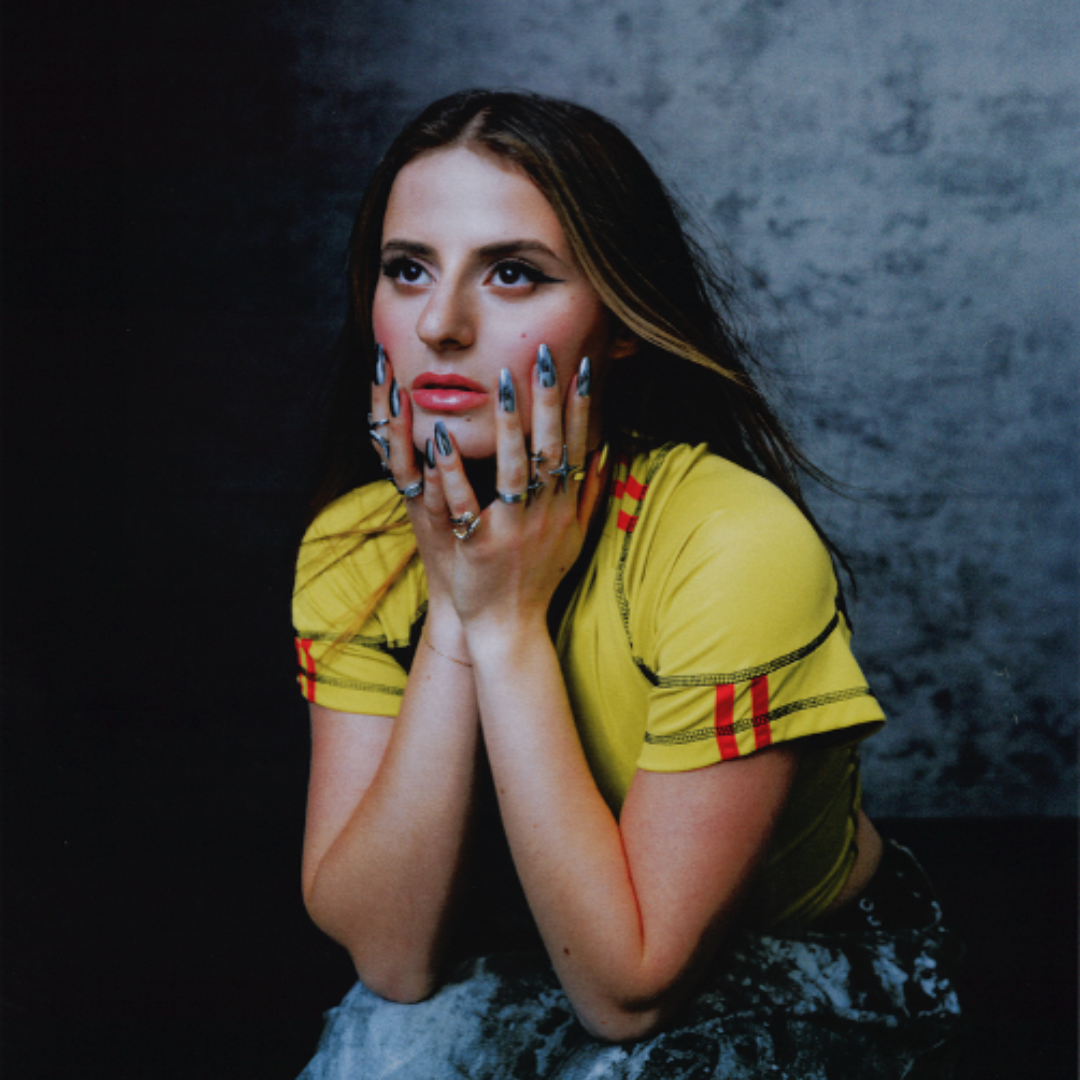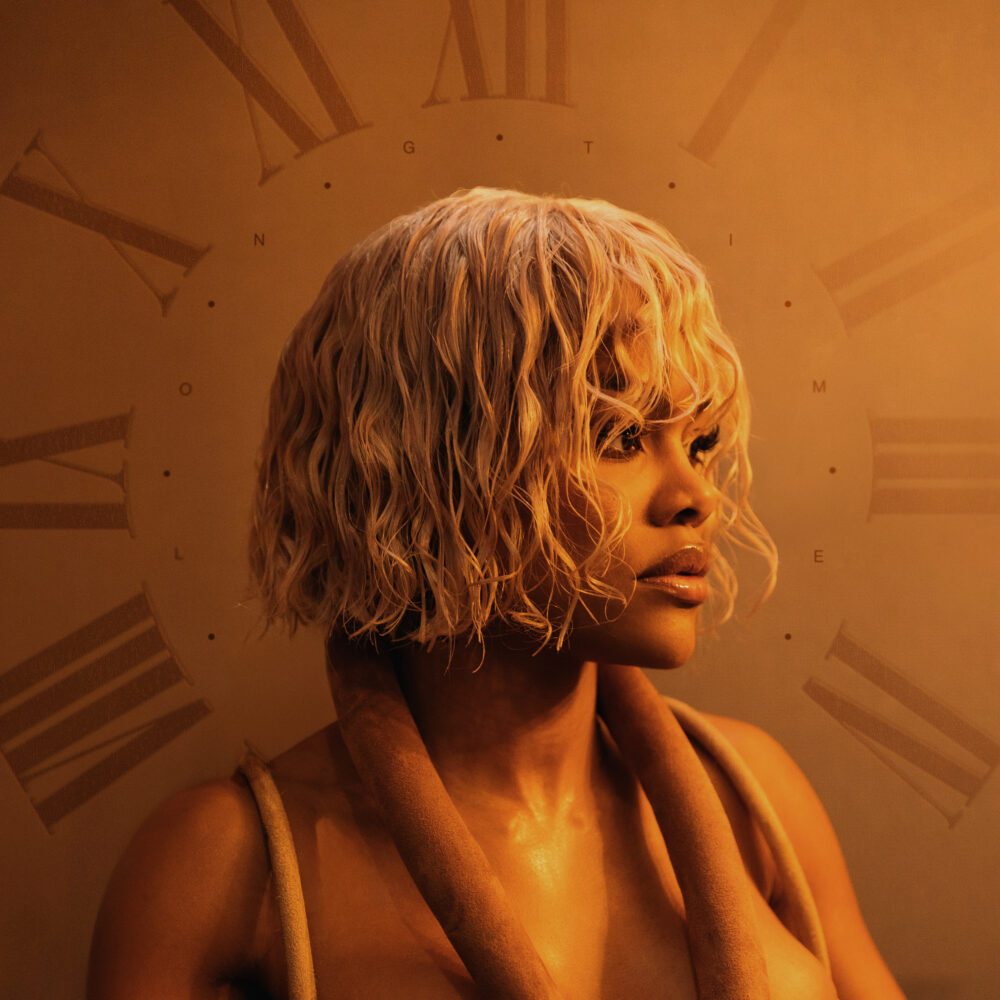Myke Towers has released the official music video for “Soleao,” a recent collaboration with Spanish artist Quevedo. The video, filmed in Fajardo, Puerto Rico, near the island of Palomino, forms part of the rollout for Towers’ forthcoming project, still unnamed, but increasingly defined by a pared-down visual identity and thematic restraint.
Directed by David Camarero, the video resists the formulaic trappings of mainstream reggaeton visuals. There are no elaborate dance sequences, luxury flexes, or narrative dramatics. Instead, Towers opts for a soft documentary approach. The camera tracks him and Quevedo as they spend a casual day on a boat with two women, surrounded by water, sunlight, and unhurried gestures. Movement is gentle. Interaction is sparse. The aesthetic is minimal. This decision—guided by Vampire Studio and Pol Gago Guilera—positions “Soleao” as a sensory document rather than a performance piece.
Musically, the song sits within the recognizable zone of summer reggaeton: a laid-back beat, melodic phrasing, and lyrics built for repetition rather than introspection. It doesn’t push sonic boundaries, nor does it aim to. The track’s function is clear—it’s built for atmosphere, not for disruption. In this context, the video becomes its true extension: a visual designed not to compete with the song but to live alongside it.
The release follows a strong debut, with “Soleao” entering Spotify’s Top Songs Debut Global chart at #7. The numbers indicate reach, but not necessarily depth. What’s more instructive is the stylistic direction Towers appears to be taking. In recent years, artists in the Latin urban space have started shifting away from the grandiosity that once defined the genre’s visuals. Acts like Rauw Alejandro, Feid, and even Bad Bunny have experimented with quieter, more observational content—videos that focus less on product and more on place. Towers appears to be working within this framework.
That doesn’t mean the work is risk-taking. In fact, the visual offers little narrative or symbolic tension. Towers and Quevedo appear content, but not challenged. The women in the video, though present throughout, remain accessories to the mood rather than participants in the action. The camera romanticizes the natural landscape, but avoids comment on it. If there’s a deeper reading to be made, it’s subtle to the point of vanishing.
Yet for Towers, this may be a strategic decision. Now several albums deep into his career, he no longer needs to assert his credibility through overt declarations. A looser grip on storytelling may reflect a broader confidence in the power of setting. For fans, the takeaway is clear: this is not about transformation, but about mood maintenance. Towers is not rebranding; he’s refining.
For now, “Soleao” operates effectively as a mood piece—an extension of a sonic world familiar to Towers’ audience. It does not demand attention, but it invites it. Whether the forthcoming project will carry this minimalist approach further, or challenge it, remains to be seen.








